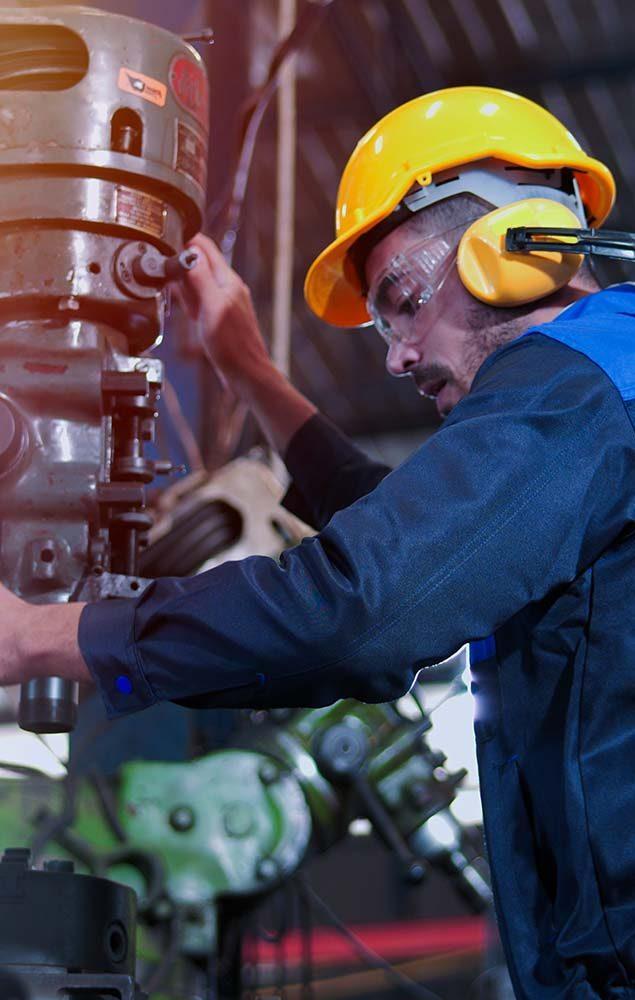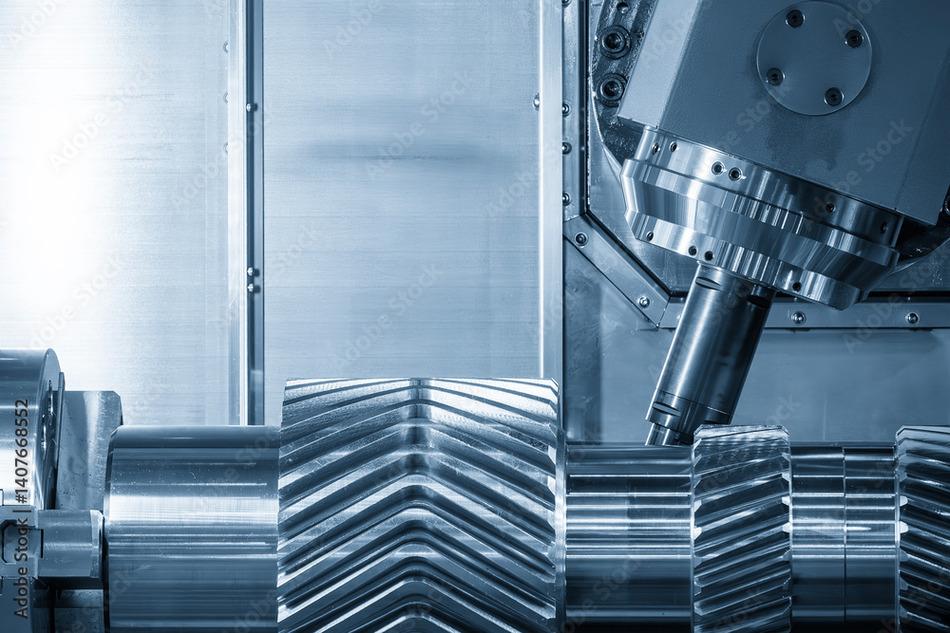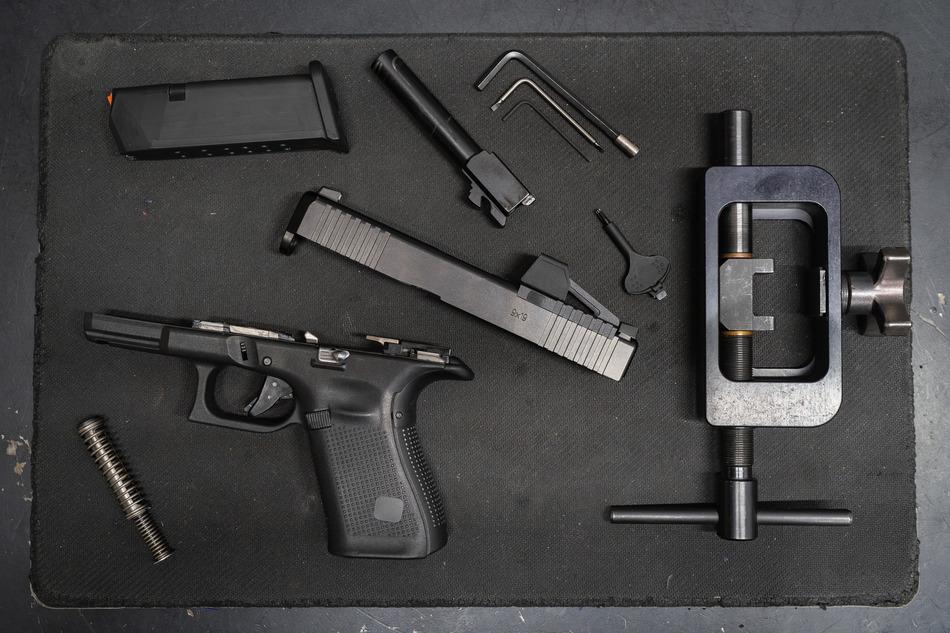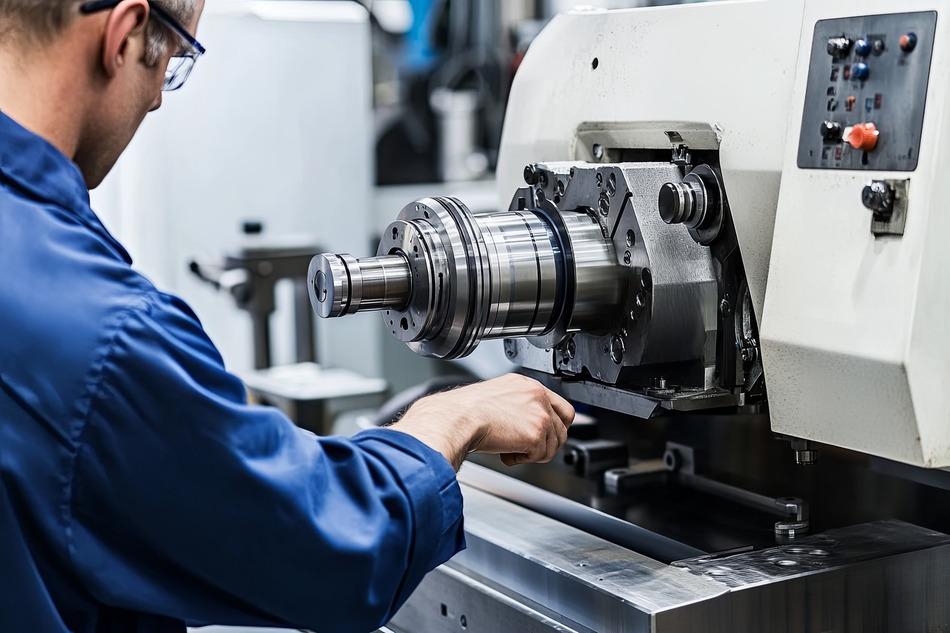Safety Measures for CNC Operators: Safeguarding Productivity
Safety should always be a top priority in CNC machine repairs. As powerful and efficient as these machines are, they also pose potential risks to operators if proper safety measures are not in place.
From proper machine guarding to personal protective equipment (PPE) and best practices for accident prevention, implementing these safety measures will not only protect lives but also enhance productivity by creating a secure and reliable working environment for machine operators and CNC repair personnel.
Importance of Well-Being
The well-being of CNC machine operations is of the utmost importance. Safety measures protect operators from potential hazards, reducing the risk of injuries and ensuring a healthy work environment.
Accident prevention: Implementing safety measures helps prevent accidents that can lead to severe injuries or even fatalities. By identifying and addressing potential risks, operators/repairmen can work with confidence, knowing that their safety is a top priority.
Equipment protection: Safety measures not only safeguard operators but also help protect CNC machines from damage. Proper usage, maintenance, and adherence to safety guidelines can extend the lifespan of the equipment and reduce costly repairs or replacements.
Proper Machine Guarding: Install appropriate machine guarding to prevent operators from coming into contact with moving parts or hazardous areas. This includes:
- Enclosing machine areas with safety interlocks: Use physical barriers, such as covers and doors, equipped with safety interlocks that stop machine operation when opened.
- Safety mats and light curtains: Employ safety mats or light curtains to detect an operator’s presence and halt machine movement if someone enters a hazardous zone.
- Emergency stop buttons: Install easily accessible emergency stop buttons within reach of operators to instantly halt machine operation in case of an emergency.
Personal Protective Equipment (PPE): Ensure that operators wear suitable PPE to protect themselves from potential hazards. This may include:
- Safety glasses or face shields: Protect eyes and face from flying debris, coolant, or chips.
- Hearing protection: Reduce the risk of hearing damage caused by loud machine operation or nearby equipment.
- Safety gloves: Shield hands from cuts, abrasions, or burns when handling tools, materials, or sharp objects.
- Slip Resistant Shoes: Prevent slips, trips, and falls by wearing appropriate footwear with slip-resistant soles.
- Protective clothing: Use appropriate clothing to cover exposed skin and prevent entanglement in moving parts.
Best practices for accident prevention:
Standard Operating Procedures should always include the best and safest practice that can include but not be limited to:
- Operator training and supervision:Provide comprehensive training to operators on safe machine operation, maintenance procedures, and emergency protocols. Regularly assess operator competency and provide ongoing supervision and guidance.
- Clear work area and proper tool storage:Maintain a clean and organized work area, ensuring that tools and materials are properly stored to prevent tripping hazards or accidental contact with machine parts.
- Regular machine maintenance:Conduct routine inspections, maintenance, and servicing of CNC machines to identify and rectify potential safety issues, such as loose components or malfunctioning safety features.
- Safe tool handling and setup: Train operators in safe tool handling practices, including proper tool mounting, secure clamping, and correct tool change procedures. Encourage the use of tool presetting devices to minimize operator-machine interaction during tool setup.
- Lockout/tagout procedures: Implement lockout/tagout procedures to ensure machines are properly shut down, de-energized, and secured during maintenance or repair activities. This prevents accidental startup or release of stored energy.
- Continuous hazard identification and risk assessment: Regularly assess the work environment for potential hazards, and involve operators in identifying and reporting safety concerns. Address identified risks promptly and implement appropriate control measures.
Securing Safety First
Safety is paramount in CNC machine operations, and implementing comprehensive safety measures is vital to protect operators, prevent accidents, and maintain a productive working environment. By prioritizing safety through proper machine guarding, personal protective equipment (PPE), and best practices for accident prevention, you can create a culture of safety and minimize risks.
Remember, safety is a shared responsibility that requires ongoing training, clear communication, and a commitment to continuous improvement. Regularly review and update safety protocols as needed, and encourage operators to actively participate in safety discussions and reporting potential hazards.
Operator safety starts with training but extends to the tools and machines themselves. Ensuring your CNC equipment is properly calibrated reduces risk and enhances operational accuracy. Ensure your machines stay safe, compliant, and accurate with our precision calibration and alignment services. Call In-House CNC at (951) 540-4820 today!




